Once seen only in sci-fi stories and movies, self-driving cars are now a reality, steering themselves into our everyday lives. We’ve come a long way from grumbling over parallel parking to sitting back while a car does it all for you—well, almost. Here are 15 cars driving the autonomous car revolution with a healthy blend of technology and style.
Tesla Model S
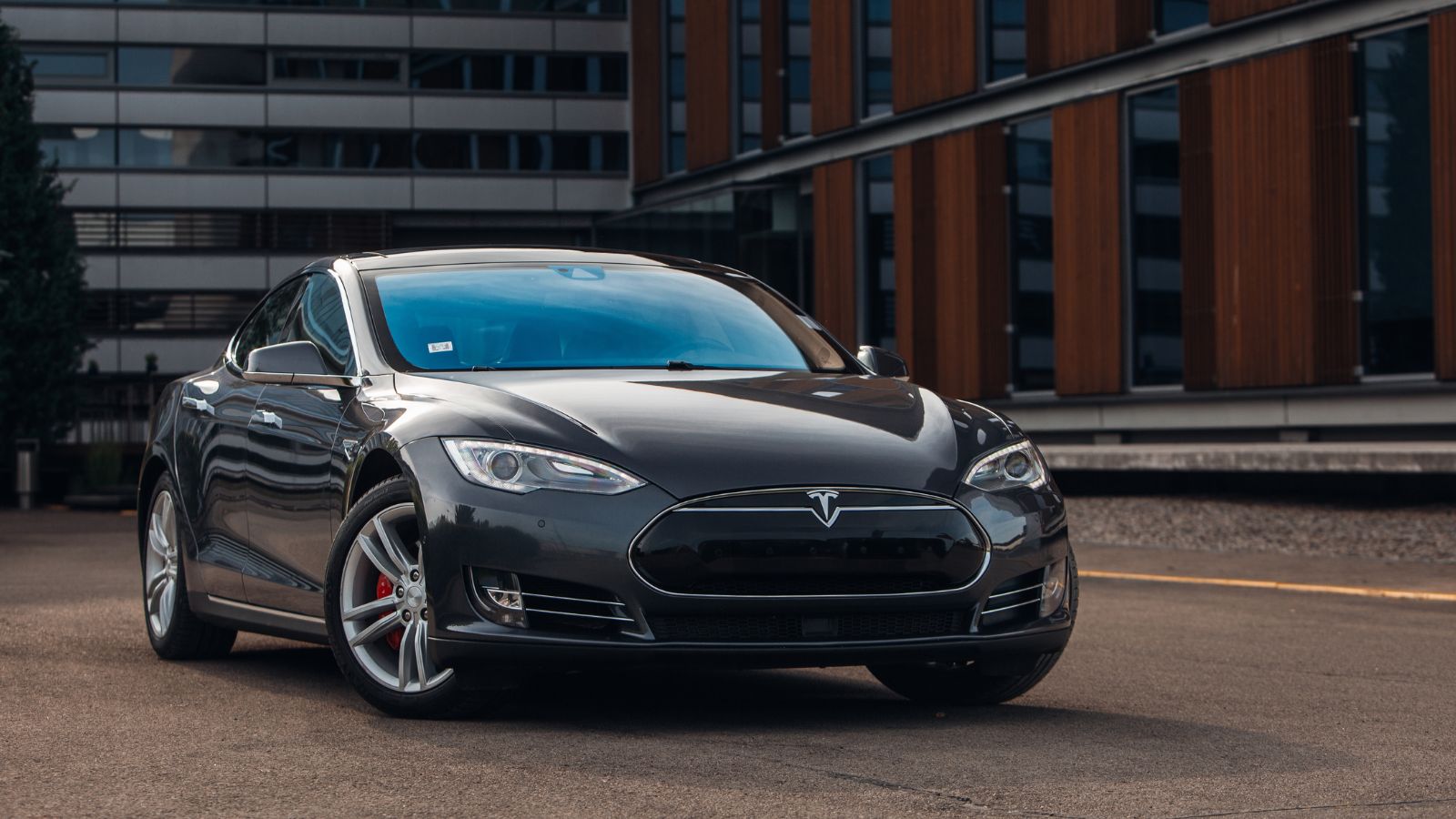
Let’s start with the apparent frontrunner, the Tesla Model S, which some say is as synonymous with self-driving. Tesla’s Autopilot system, bolstered by a slew of cameras, ultrasonic sensors, and radar, enables the car to practically drive itself—emphasis on “practically” because it still expects you to keep your hands on the wheel. The Model S can handle lane changes, parallel parking, and even summon itself from the parking lot, which is perfect for those lazy grocery trips.
Waymo’s Chrysler Pacifica
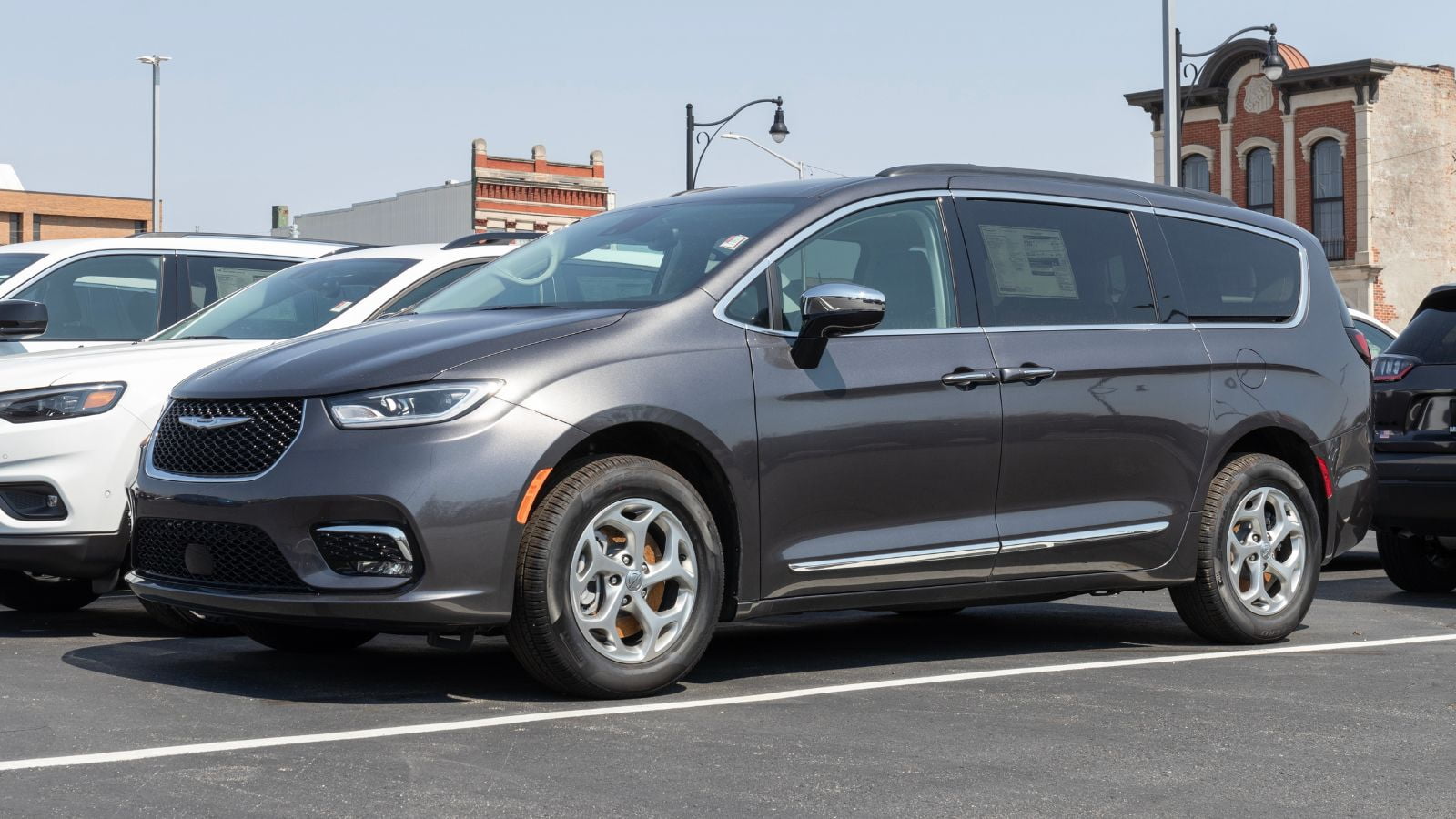
When you think of “self-driving tech,” a minivan probably doesn’t come to mind, but Waymo’s Chrysler Pacifica is here to challenge those expectations. If your idea of a cutting-edge, high-tech future includes soccer practice, this one’s for you. Waymo, Google’s pet project for autonomous vehicles, has tested these trusty Pacificas in Phoenix, where they’ve already given thousands of driverless rides. With Waymo’s sensors, lidar, and mapping tech, Pacifica’s brain makes real-time driving decisions, handling everything from stop-and-go traffic to speed bumps.
Ford Mustang Mach-E
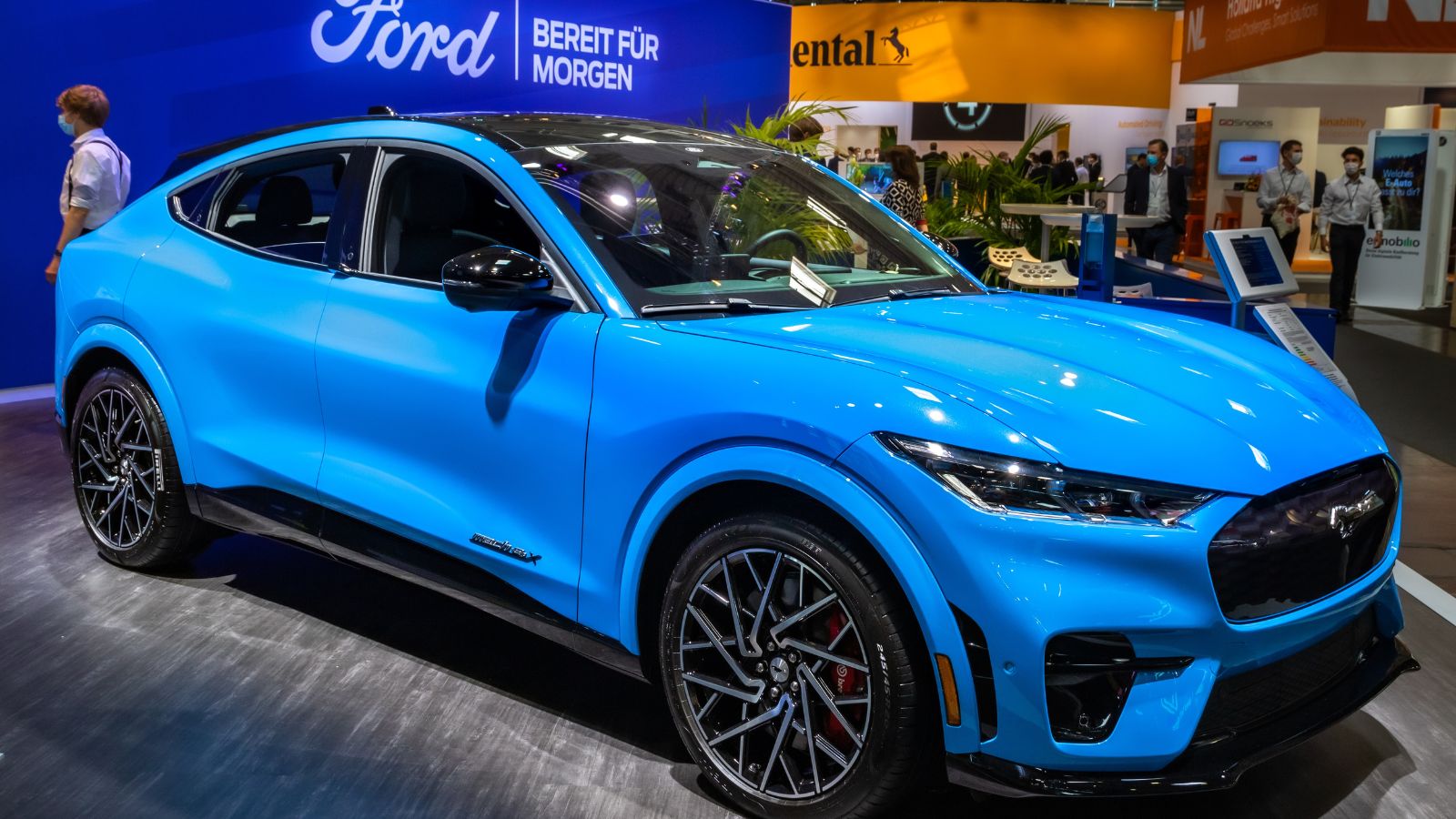
The Ford Mustang Mach-E is an all-electric, stylish SUV with a self-driving twist. Ford’s Blue Cruise technology allows hands-free driving on mapped highways across North America. Imagine that: Cruising on the open road with no hands on the wheel. It’s like horseback riding, but you’re sitting in a luxury cocoon of technology that goes from 0 to 60 mph in 3.5 seconds and has 480 horsepower. Of course, it’s still more of a “look, Ma, no hands!” situation rather than “look, Ma, no driver,” but it’s a leap forward.
Nissan Ariya

Nissan, a pioneer in electric cars with its Leaf model, has been in production since 2022 but is now focusing on self-driving tech with the all-new Nissan Ariya. Equipped with Nissan’s ProPILOT 2.0 system, this electric SUV can manage a single lane of highway driving hands-free, and its sensors are sharp enough to change lanes for you. It even handles stop-and-go traffic better than most drivers. It’s also super weather-friendly and has a liquid-cooled thermal management system for better performance in hot and cold weather. In Japan, it’s already showing off full autonomy, while in the US, it remains at Level 2 with plans for more advanced features soon.
BMW iX
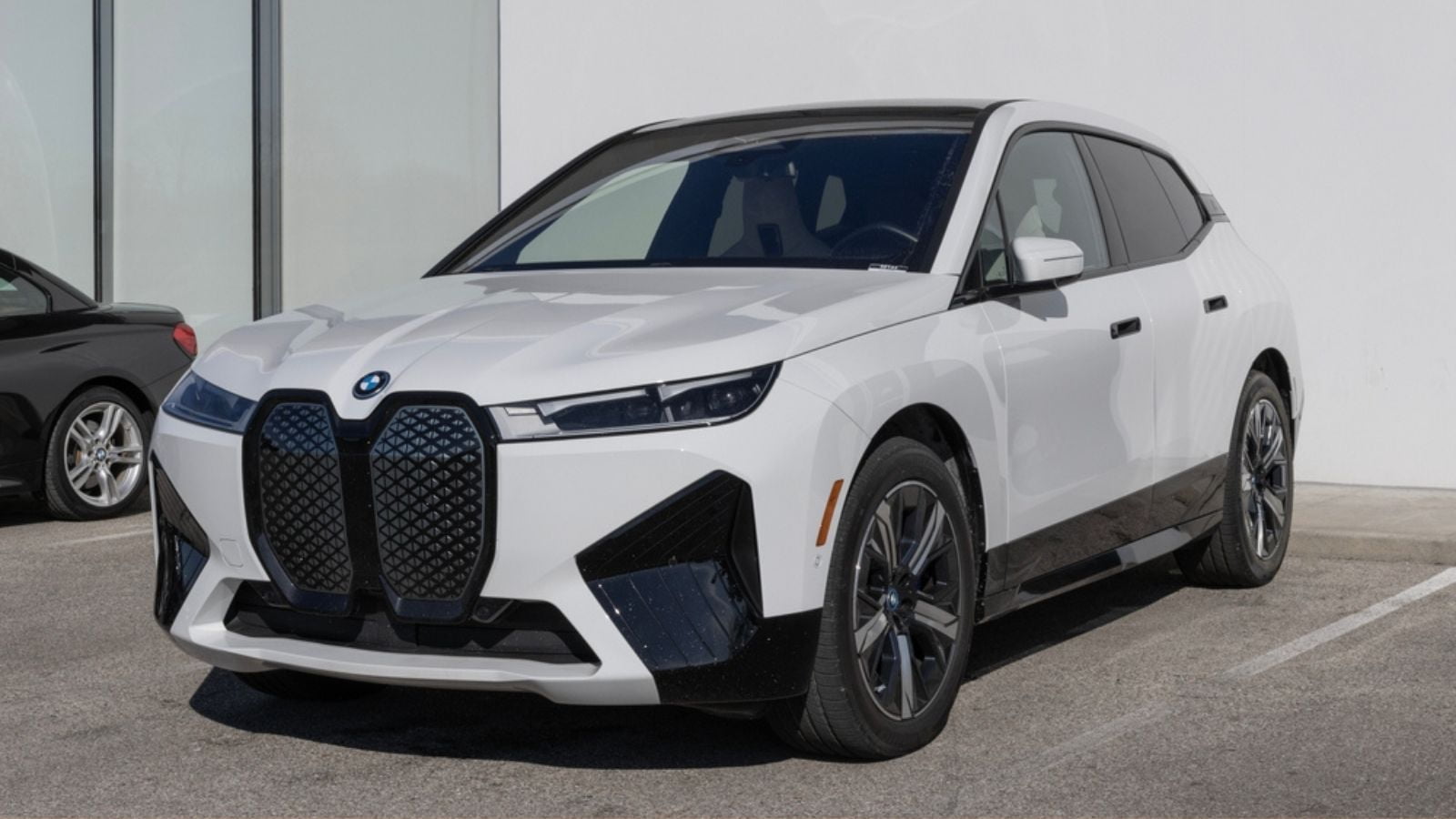
With its extensive array of cameras, radar, and even ultrasonic sensors, this luxury SUV has more eyes than a spider. Its Driving Assistant makes driving easier and safer, especially in tricky or boring traffic situations. Some key features include Lane Change Warning with blind spot detection and warnings for potential front or rear collisions. Like a cherry on top, its Parking Assistant Plus helps with parking and maneuvering, using multiple cameras to show a complete 3D view of the area around your car. And, of course, it’s electric. Even Bond would be jealous.
Mercedes-Benz EQS
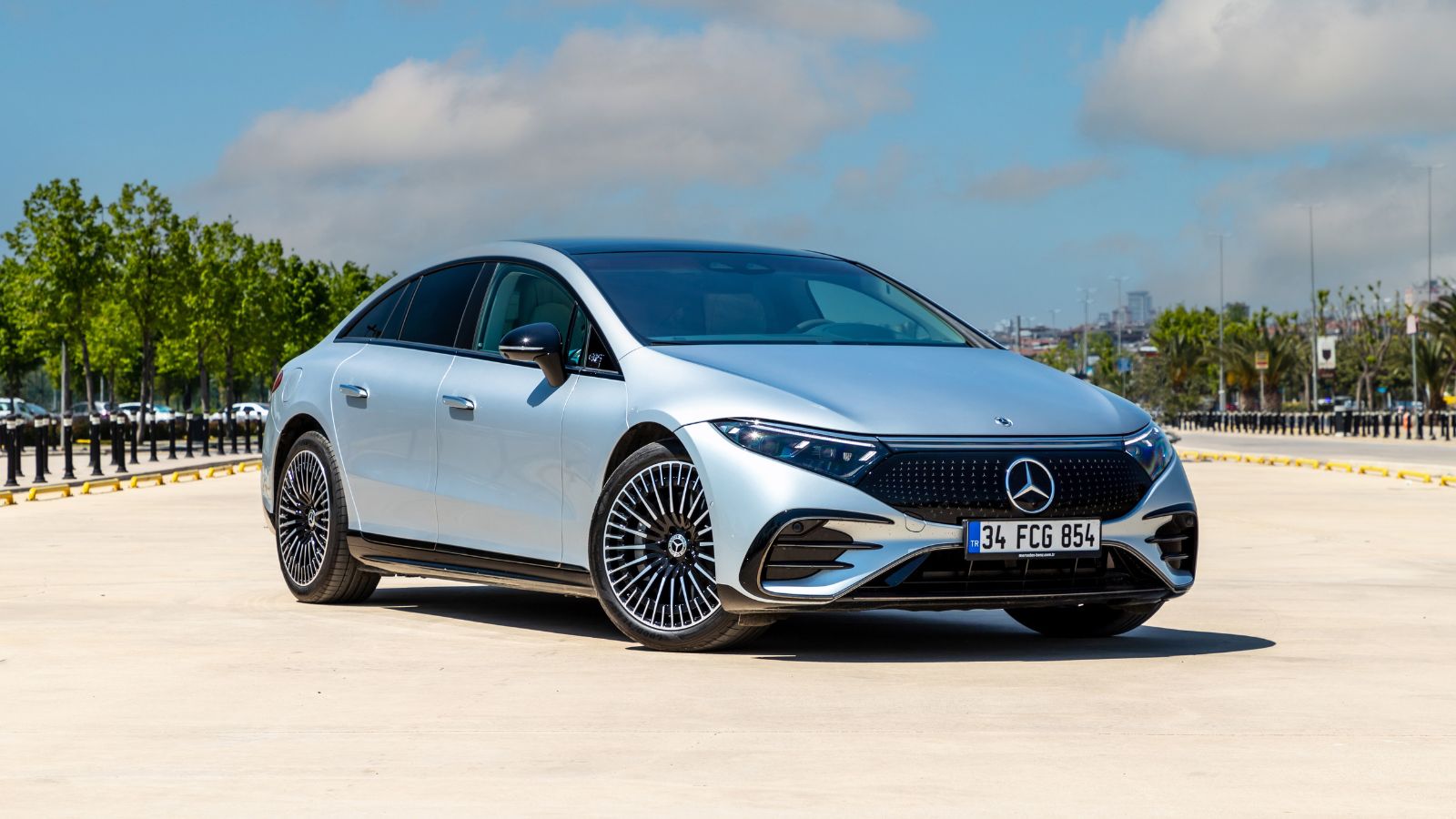
The Mercedes-Benz EQS might be the fanciest robo-chauffeur you’ll ever meet. While it hasn’t taken complete driving control yet, its Drive Pilot system is Level 3-ready, which can handle traffic jams. Complementing The Drive Pilot is the Active Distance Assist DISTRONIC, which keeps a safe distance from the vehicle ahead, and Active Steering Assist, helping the car stay centered in its lane. The EQS also flaunts a giant Hyperscreen that runs across the entire dashboard.
Audi A8

The Audi A8 is your go-to for autonomous driving if you wear a suit daily, and your biggest concern is getting to the boardroom without spilling your latte. The car has a turbocharged V6 engine with 335 horsepower and an eight-speed automatic transmission. Audi’s AI Traffic Jam Pilot gives the A8 Level 3 autonomy, meaning it can handle everything on its own in slow-moving traffic—though you’d still better keep your suit wrinkle-free.
Lucid Air
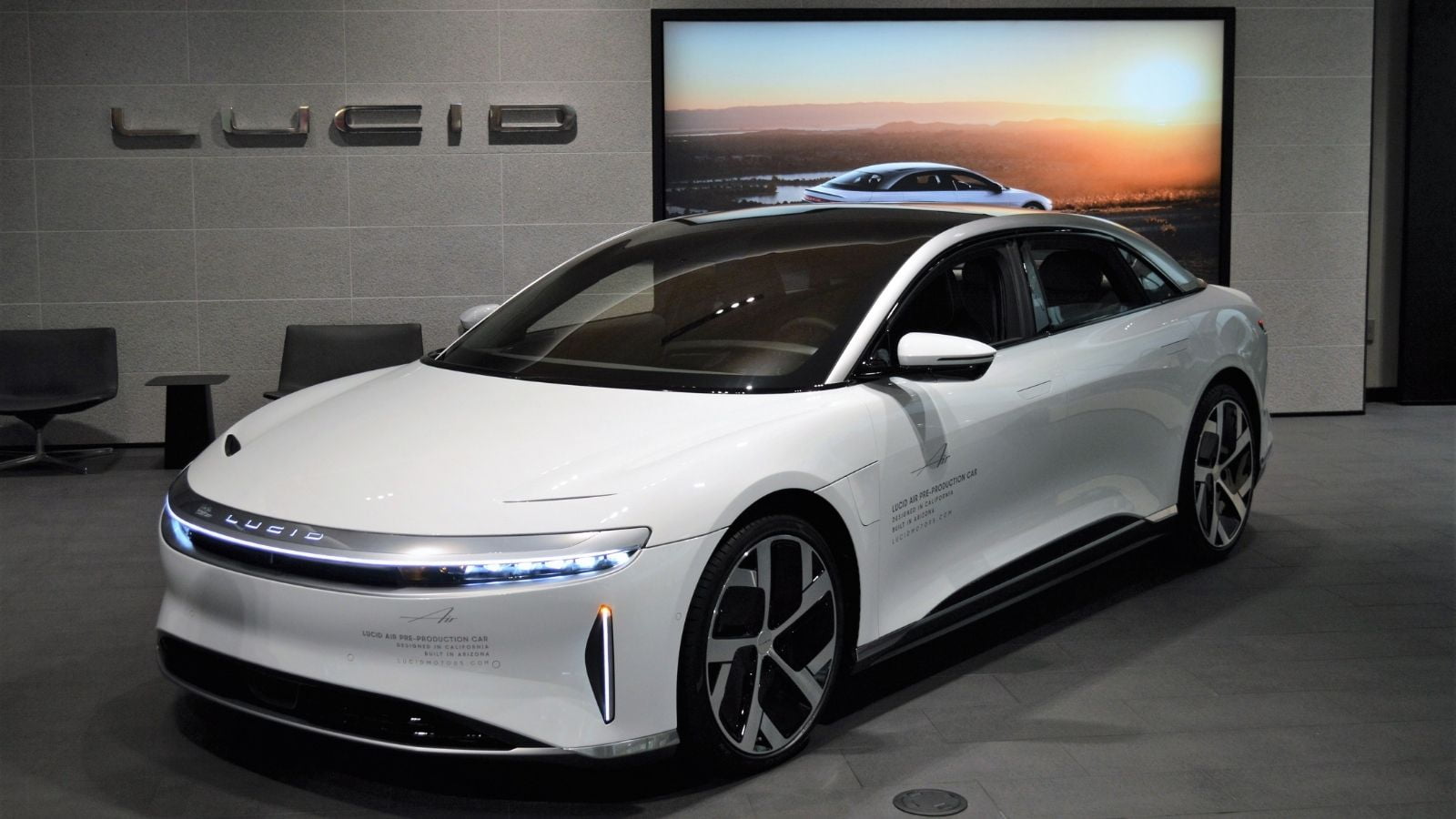
Lucid Motors has dropped jaws with the Lucid Air, a luxury electric sedan so sophisticated it’s practically showing off. Beyond its dreamy range and speed, the Lucid Air boasts DreamDrive Pro, a suite of 32 sensors that includes lidar, radar, and cameras for advanced driver assistance. While it’s currently more focused on driver assistance, Lucid is gearing up for a more hands-off experience. Also, when competitors like Tesla focus on vision-based systems, Lucid’s LIDAR inclusion promises superior depth perception and reliability in poor weather, making it a standout in the luxury EV market.
Cadillac LYRIQ
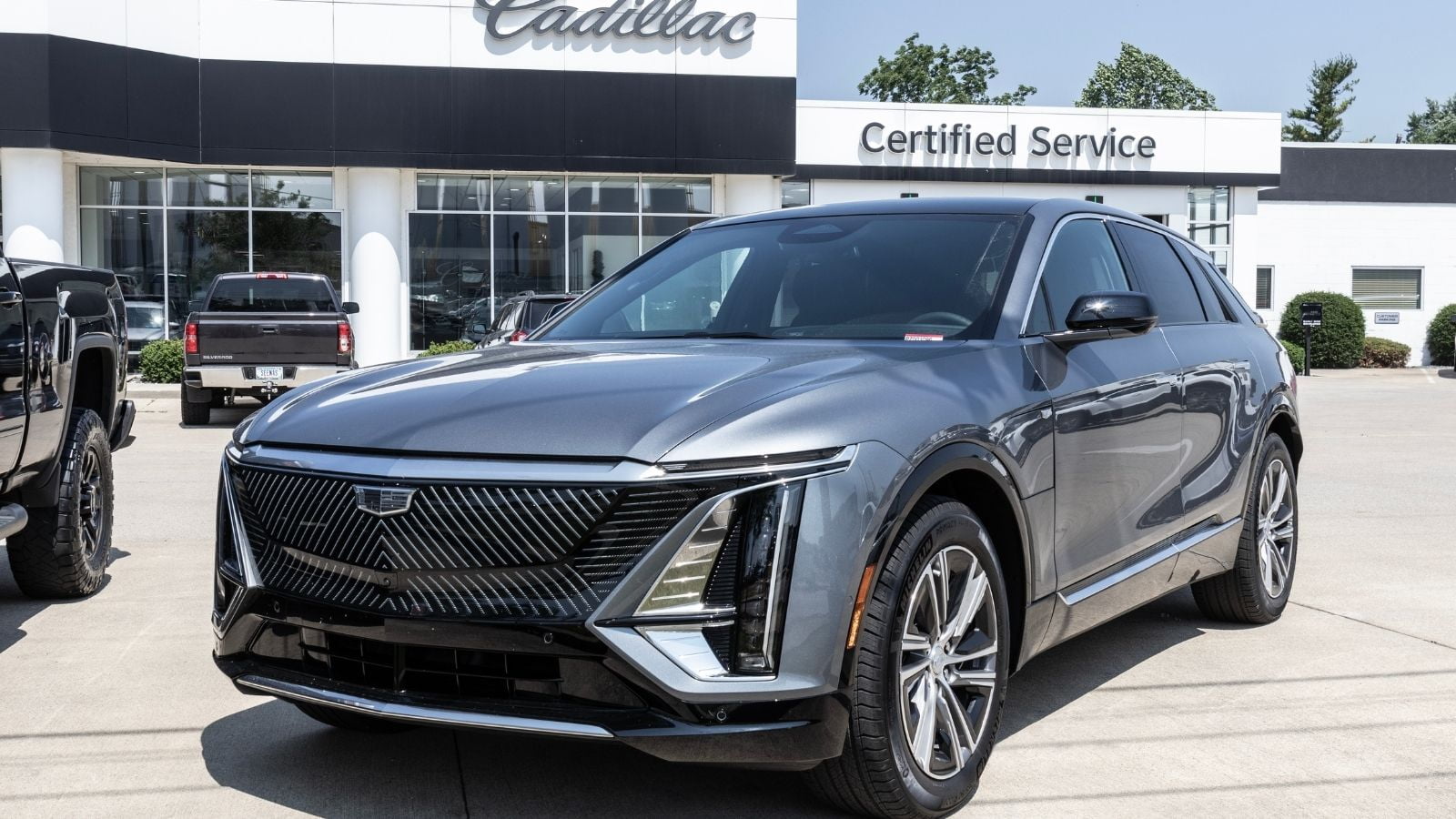
Is Cadillac offering its luxury DNA mixed with futuristic tech? Sign us up. The LYRIQ, its new electric SUV, comes packed with the Super Cruise system, allowing hands-free driving on specific highways. The car also has a 33-inch diagonal advanced LED display, wireless phone charging, and a Google built-in system. The tech uses lidar and high-def maps to navigate and even switches lanes for you. With the car’s estimated range of 314 miles for the single-motor RWD model and 307 miles for the dual-motor AWD model, you’ll need some help to do that.
Volvo XC90
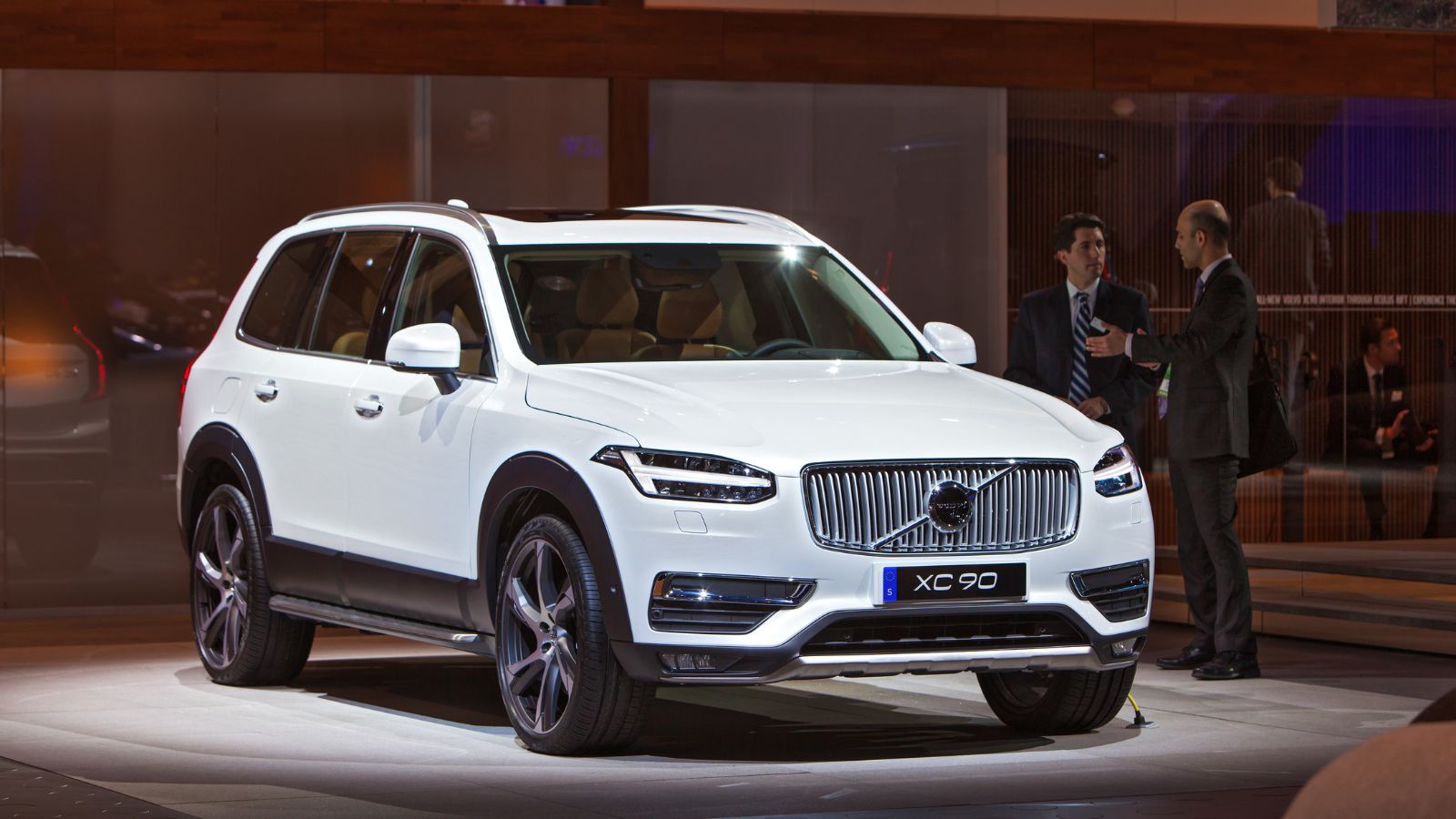
Volvo has built its safety reputation, so it’s no surprise that its XC90 SUV is about reducing driving stress while keeping safety at the forefront. Volvo’s Pilot Assist system offers semi-autonomous driving on highways. The XC90 also features City Safety, a forward-collision avoidance system that detects vehicles, pedestrians, cyclists, and large animals, applying brakes automatically if a collision is imminent. In addition, Volvo has been working on advanced Level 4 autonomous technology, with the XC90 positioned as a platform for future fully autonomous driving, though current features still require driver supervision.
Hyundai Ioniq 5
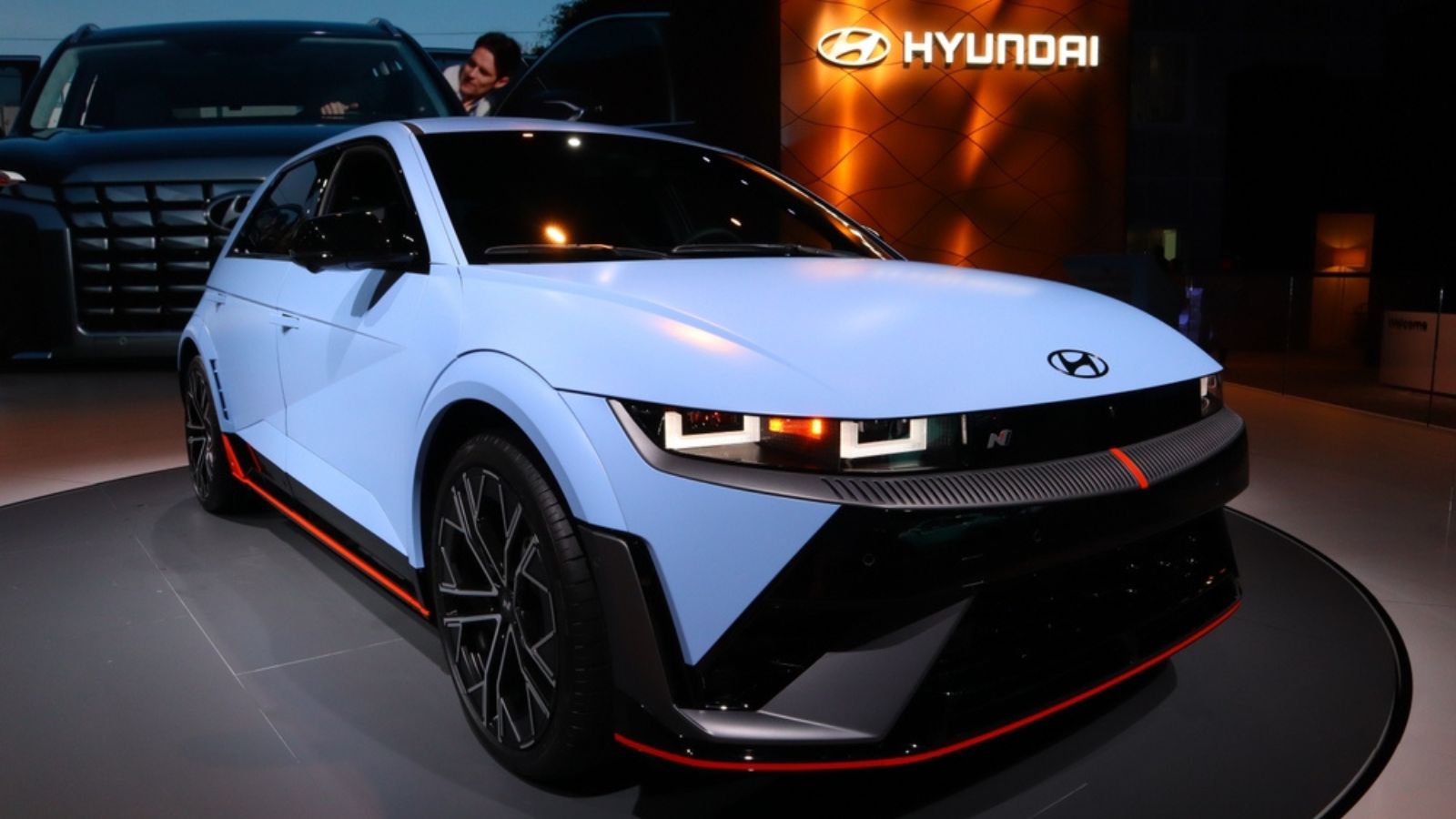
The Hyundai Ioniq 5 may look like it just stepped out of a ’70s sci-fi comic book, but its tech is pure 21st-century. The car has flush door handles that are released by touch sensors. Technology doesn’t end here, though, as the car also features Hyundai’s Highway Driving Assist 2 (HDA 2), which enables hands-free driving in specific scenarios, making long highway drives feel like a breeze. And talking about highway drives, the Ioniq 5 has got you covered as it’s available with two battery sizes: 63 kWh and 84 kWh. The 84-kWh battery is available in all-wheel and rear-wheel drive, while the 63-kWh battery is only available in rear-wheel drive. Plus, the Ioniq 5 has a solar roof to keep things eco-friendly.
Rivian R1T

The Rivian R1T is a tough, electric pickup truck that doesn’t mind getting dirty. Under the Rivian Driver+ technology, the vehicle offers cutting-edge autonomous driving capabilities. This technology uses 11 cameras, 5 radars, and 12 ultrasonic sensors to provide a 360-degree view of the surroundings and hands-free driving assistance on a few roadways. human+ can control steering, speed, and lane-keeping without human input in some situations, while it is not wholly autonomous; Rivian emphasizes that drivers must pay close attention. In addition, Rivian’s Driver+ system provides cutting-edge roadside assistance, ensuring safety and efficiency.
Honda Legend
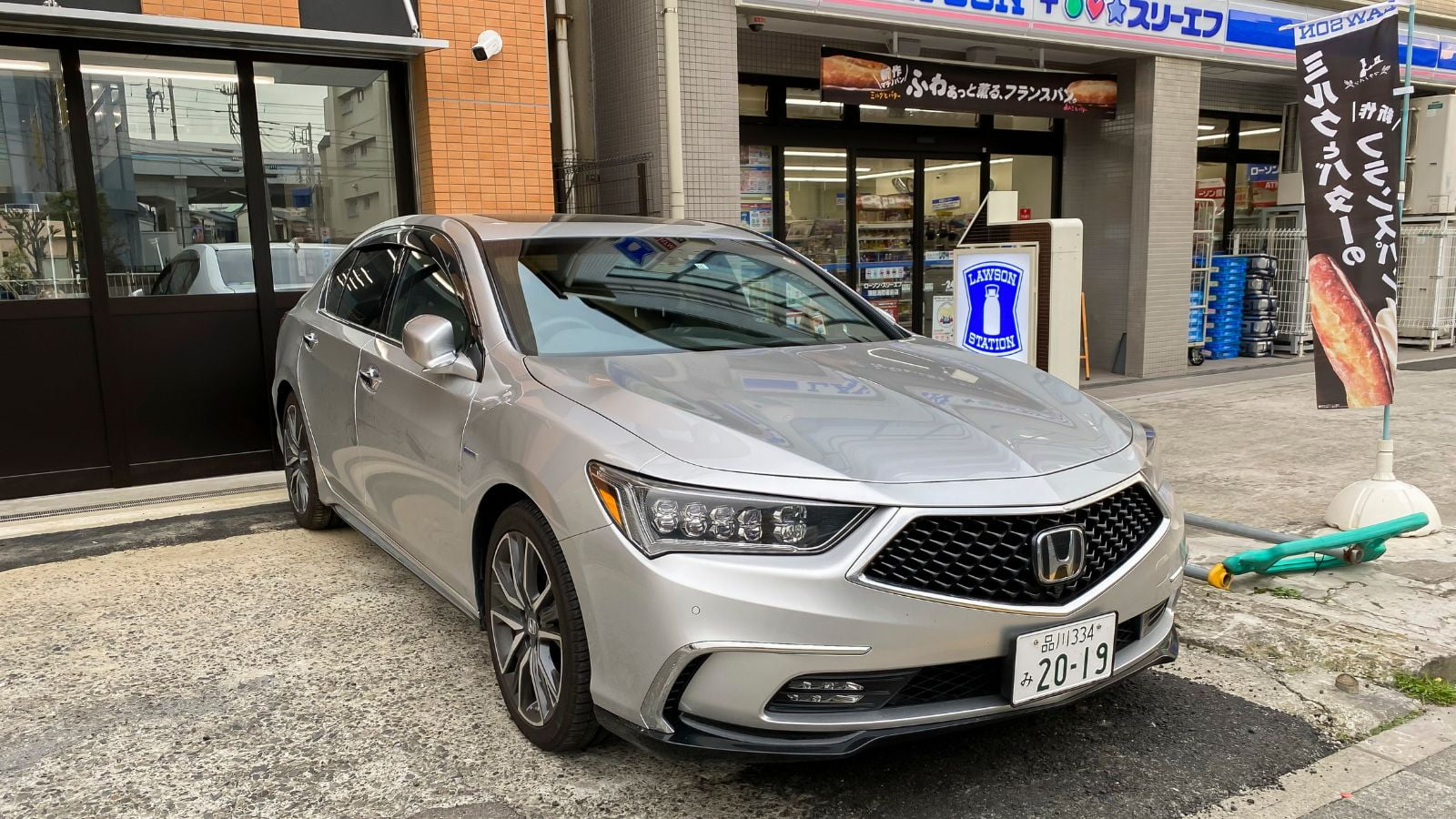
The Honda Legend is among the first mass-produced vehicles to achieve Level 3 autonomy. This indicates that it can do some driving duties, such as changing lanes, accelerating, and braking on a highway, independently with little to no human assistance. Its Traffic Jam Pilot system also enables hands-free driving in traffic at less than 50 km/h. The Legend has cameras, radars, LiDAR sensors, and high-definition maps to help it continuously scan its surroundings. When the driver needs to take over, the car can send a handover request. Because of this, the Honda Legend represents a significant advancement in autonomous car technology.
Pony. Ai’s Autonomous Fleet

An American-Chinese business called Pony.ai has been working on self-driving technology for robo-taxis. The car’s multi-sensor Fusion system, which combines data from all sensors for improved accuracy and safety, is one of its primary innovations. The “Virtual Driver” software from Pony.ai reduces hazards in erratic traffic situations by using deep learning algorithms to anticipate other drivers’ movements in real time. Additionally, it has created a sophisticated fleet management technology that allows for the remote tracking and deployment of AVs. The system monitors battery levels, maintenance requirements, and vehicle performance. The business offers real-world testing in various settings through its Robotaxi service, which is available in several locations worldwide, including China and the United States. In essence, Pony.ai guarantees the highest safety and dependability standards by concentrating on hardware and AI-driven software.
Zoox
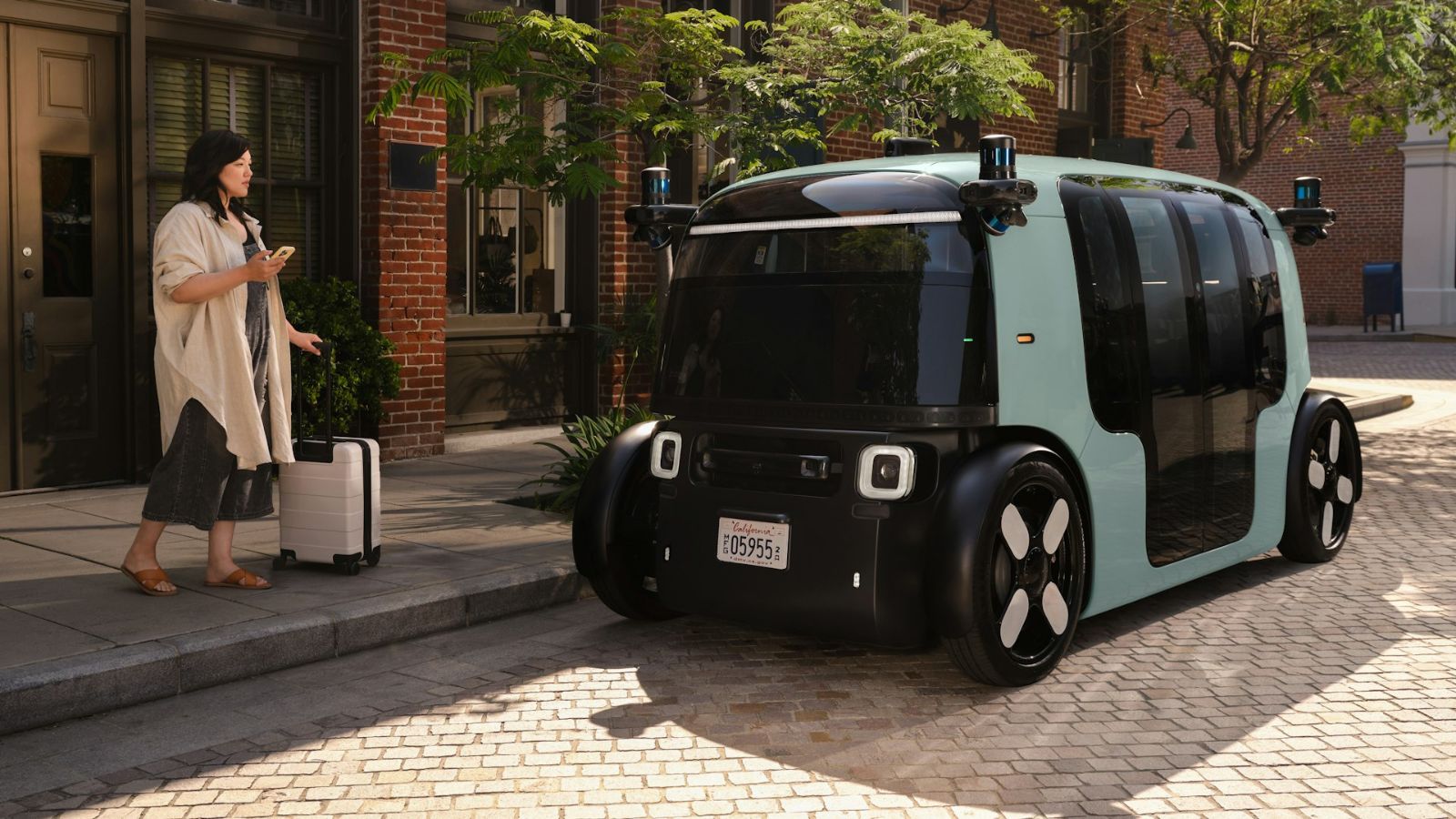
Zoox is the quirky newcomer to the autonomous scene, aiming to flip traditional car design on its head. Zoox cars are built from the ground up to be fully autonomous, with no driver seat, steering wheel, or pedals. It’s like riding in a cozy lounge that happens to know how to navigate city streets. Also, Zoox’s electric, battery-powered vehicle can speed up to 75 mph and drive autonomously in both directions. The company aims for full autonomy, enabling proper self-driving mobility without human intervention. Fully electric and all about urban mobility, Zoox could easily be the future of robo-taxis.
12 Cars That Are Known for Their Unbreakable Reliability — They Just Don’t Quit
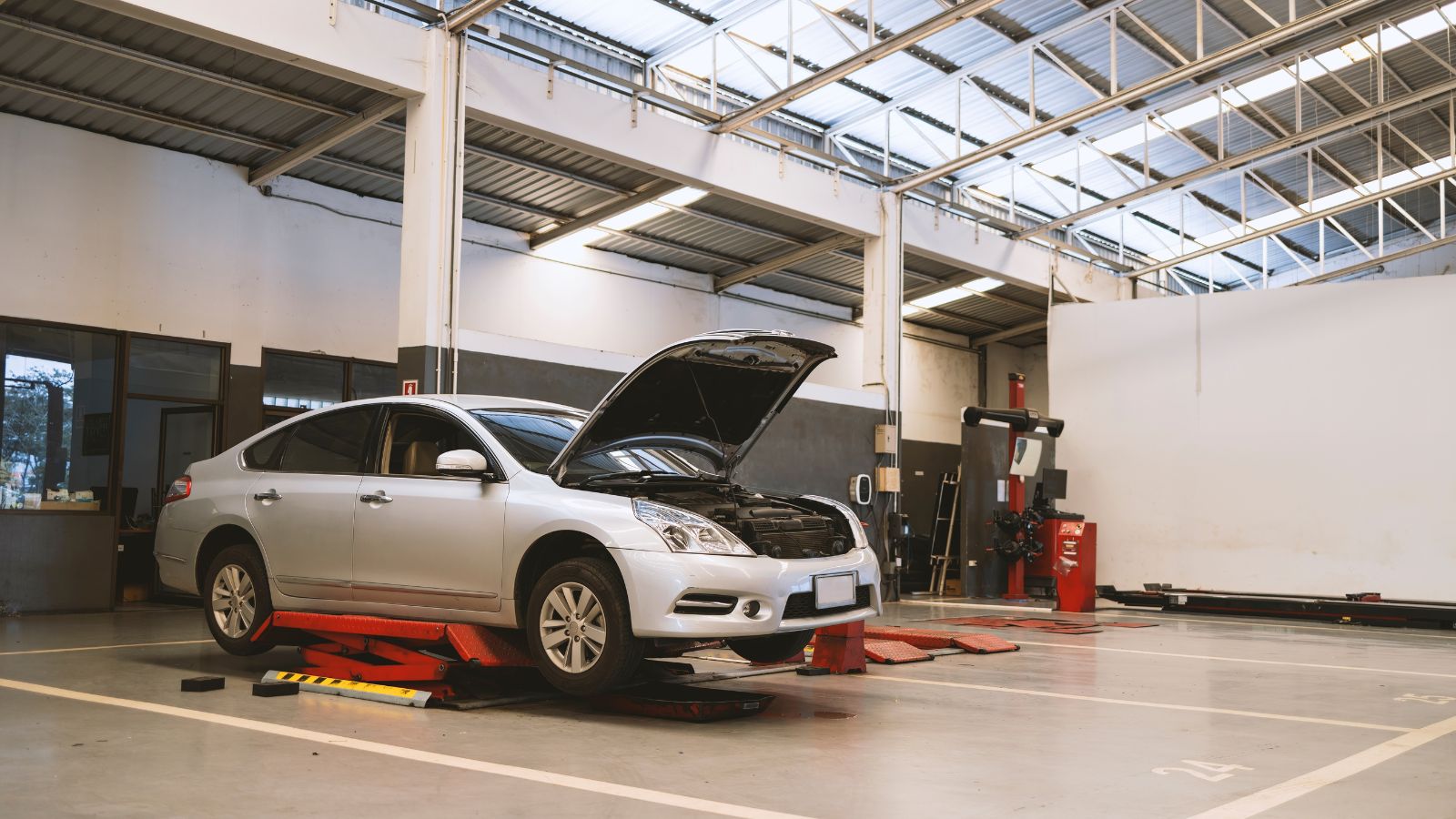
Reliability is a core feature that defines a vehicle. Over the last few decades, some vehicles have emerged as a reliable and durable option, standing out as workhorses that never quit. These vehicles not only prove themselves in terms of performance but transcend their role and become reliable partners, always fulfilling their role. Here are 12 Cars known for their unbreakable reliability.
12 Cars That Are Known for Their Unbreakable Reliability — They Just Don’t Quit
